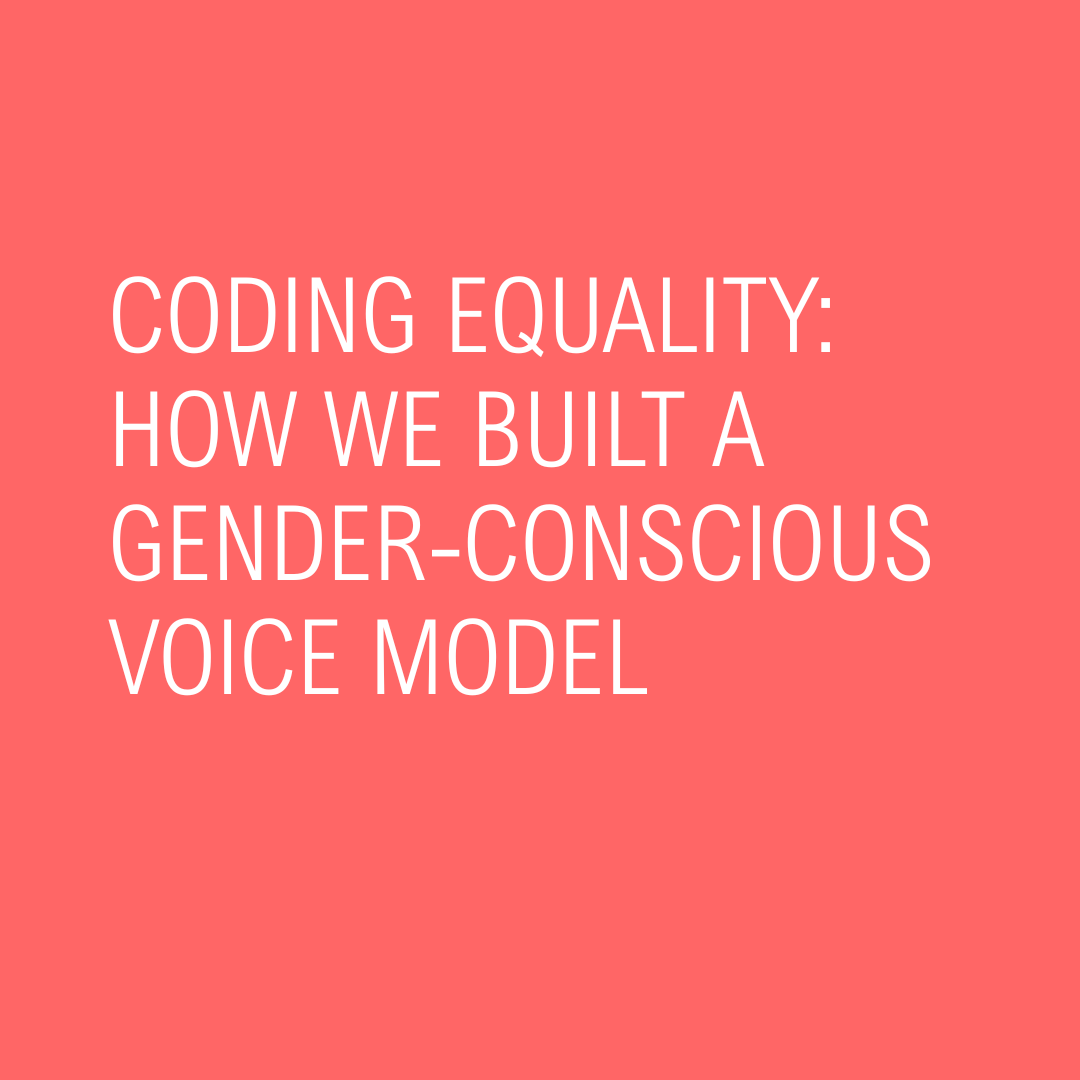In this episode, DigitalFems’s founder discusses how digital infrastructures shape cultural visibility and representation in the European music industry. Her talk explores the power of algorithms, metadata, and platform design—and the urgent need to rebuild them from a feminist and inclusive perspective.
Thais begins by addressing how recommendation systems and music platforms—driven by algorithmic logic and opaque metadata structures—reproduce systemic inequalities. These infrastructures, she says, are not neutral: they are coded with assumptions that prioritize mainstream, male, English-speaking artists, reinforcing what she calls “platformed inequality.”
She introduces the concept of “digital cultural infrastructure”—the set of technological, economic, and epistemological systems that determine how music is circulated, discovered, and monetized. These systems, designed largely without input from marginalized creators, often exclude or devalue artists who operate outside dominant genres, languages, or geographies. Thais shares concrete examples of how the absence of gender-disaggregated metadata leads to lower visibility for women and gender-diverse artists, with direct implications for their reach, revenue, and recognition. She stresses that automated systems trained on biased historical data can’t generate fair results unless that data is actively restructured.
She also touches on the rise of AI in music discoverability and how it compounds these challenges. If training data is skewed, the cultural outputs of AI tools will be too. Thais insists that training datasets should be treated as cultural infrastructure—curated with care and accountability, not scraped without consent.
The episode includes reflections on Pop-Up Workshops she has coordinated in cities like Bologna and Bilbao, designed to empower women and gender-diverse creators in navigating metadata, digital rights, and algorithmic visibility. These sessions mix hands-on tools (like TikTok strategies and metadata entry systems) with political conversations around who gets seen—and who gets erased.
Thais closes with a call to action for platforms, funders, and cultural institutions to go beyond superficial diversity efforts and tackle the infrastructural roots of exclusion. She urges policymakers to support open standards, algorithmic transparency, and participatory governance of cultural tech.
This episode is a powerful snapshot of what it means to build feminist digital infrastructures in the music industry—not only to fix what’s broken, but to imagine radically different futures where cultural visibility is equitable by design.


